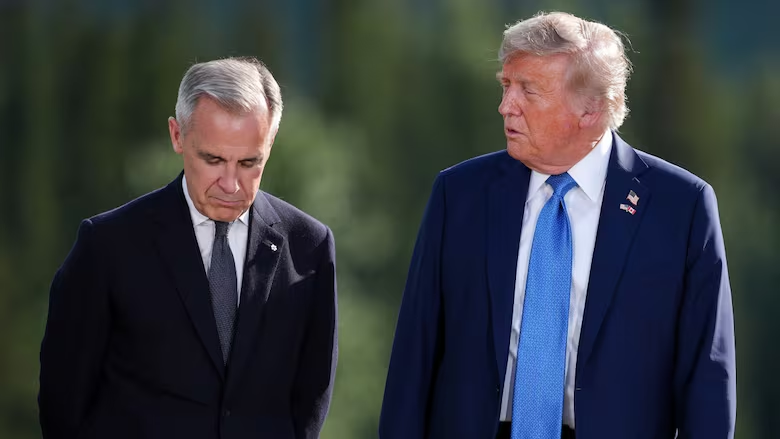With the looming renegotiation of the Canada-U.S.-Mexico Agreement and ongoing tensions stemming from U.S. President Donald Trump’s trade policies, Canadian Prime Minister Mark Carney is facing the challenge of recalibrating Canada’s economic relationship with the United States. Amid rising tariffs and unpredictable trade dynamics, Carney’s recent statements have underscored the need for a new direction.
Carney remarked on the shift in Canada’s approach, acknowledging that while the country will continue collaborating with the U.S. on mutual trade opportunities, the relationship as it once existed is no longer reliable for Canada’s prosperity. In a statement, he emphasized that Canada must focus on strengthening its domestic economy and explore new markets for its businesses and workers abroad.
This marks a significant departure from Canada’s historically close ties with the U.S., which has been Canada’s largest trading partner for decades. Carney’s comments come after his March assertion that Canada’s “old relationship” with the U.S. was over. The prime minister’s remarks reflect growing concerns about Trump’s tariff strategies, which have reshaped the global trade landscape.
The question of a “deal” with Trump remains complex. Though Trump’s rhetoric has softened somewhat—he’s talking less about annexing Canada and some tariffs have been lower than initially threatened—Canada still faces high import taxes. For example, the overall tariff rate imposed by the U.S. has risen to its highest level since 1933. While some analysts believed Trump’s tariffs were a negotiating tactic, they have now become a key feature of his broader trade policy, which he is willing to impose even at the risk of higher costs for American consumers and further strain on international relations.
Carney faces increasing pressure from opposition figures like Conservative Leader Pierre Poilievre, who critiques the prime minister for being overly accommodating to Trump and insists that Canada’s goal should be “unfettered access” to the U.S. market. However, Carney’s government is also contemplating broader trade diversification strategies—moving beyond dependency on the U.S. and leveraging existing trade agreements with other countries.
The issue at hand also draws parallels to Canada’s past trade dilemmas. In 1972, Mitchell Sharp, then secretary of state for external affairs, presented three options for Canada’s future in terms of U.S. relations: maintain the status quo, pursue closer integration with the U.S., or develop a more independent strategy to reduce reliance on the U.S. Sharp’s third option, which aimed at reducing Canada’s economic vulnerability by diversifying its economy, did not materialize fully but is being revisited today.
Today, Carney’s government finds itself in a stronger position, thanks to Canada’s numerous free trade agreements beyond the U.S. However, experts caution that the challenge remains in helping Canadian businesses, particularly small and medium enterprises, effectively capitalize on these agreements. Trade diversification has been a long-standing goal, but its success hinges on how well Canadian companies are integrated into global supply chains.
As Carney navigates these challenges, it seems that Canada’s reliance on the U.S. is being reexamined, not just as a trade necessity, but as a national security concern. While the U.S. will remain Canada’s most significant market, Carney’s approach may pivot toward ensuring a more resilient and diversified Canadian economy in the face of shifting global dynamics.

